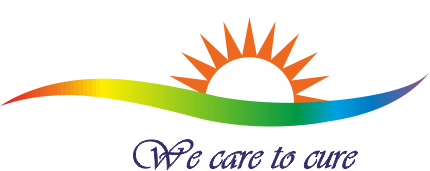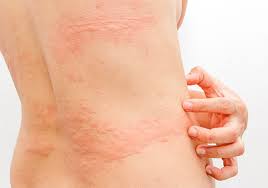Best skin treatment in horamavu
Homeopathy is a safe option for treating skin diseases as it treats without any side-effects. It treats associated complaints such as thyroid disorders and diabetes. It does not suppress skin diseases by using local ointments or applicators but, treats the root cause of the skin problem.Oral antibiotics are used to treat many skin conditions. Common antibiotics include dicloxacillin, erythromycin, and tetracycline. Antifungal agents: Oral antifungal drugs include fluconazole and itraconazole. These drugs can be used to treat more severe fungal infectionsCertain lifestyle factors can lead to the development of a skin disease. Underlying health conditions may affect your skin, too. Common causes of skin diseases include:
Bacteria trapped in your pores or hair follicles.
Conditions that affect your thyroid, kidneys or immune system.
Contact with environmental triggers, such as allergens or another person’s skin.
Genetics
Fungus or parasites living on your skin.
Medications, such as the ones that treat inflammatory bowel disease (IBD).
Viruses.
Diabetes.
Sun.
Skin disease symptoms vary significantly, depending on what condition you have. Skin changes are not always due to skin diseases. For example, you may get a blister from wearing ill-fitting shoes. However, when skin changes show up with no known cause, they may be linked to an underlying condition.
Generally, skin diseases may cause:
Discolored skin patches (abnormal pigmentation).
Dry skin.
Open sores, lesions or ulcers.
Peeling skin.
Rashes, possibly with itchiness or pain.
Red, white or pus-filled bumps.
Scaly or rough skin.
Often, a healthcare provider can diagnose a skin disease by visually examining your skin. If looking at your skin doesn’t provide clear answers, your provider may use tests such as:
Biopsy, removing a small piece of skin to examine under a microscope.
Culture, taking a skin sample to test for bacteria, fungus or viruses.
Skin patch test, applying small amounts of substances to test for allergic reactions.
Black light examination (Wood light test), using an ultraviolet (UV) light to view your skin’s pigment more clearly.
Diascopy, pressing a microscope slide against a skin patch to see if the skin changes color.
Dermoscopy, using a hand-held device called a dermatoscope to diagnose skin lesions.
Tzanck test, examining the fluid from a blister to check for herpes simplex or herpes zoster.

